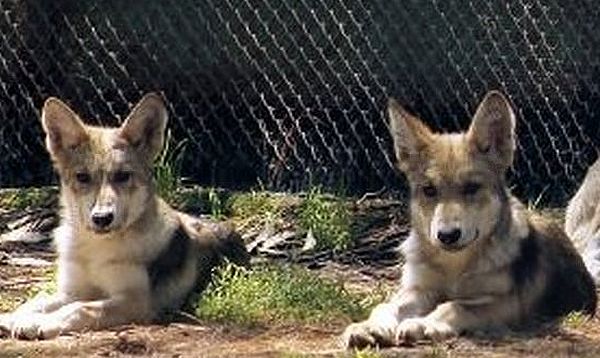Mexico City, Mexico - Mexican officials recently presented the first litter of Mexican gray wolf pups conceived in the country by artificial insemination, part of an effort to save one of the hemisphere's most endangered animals.
Authorities are trying to reintroduce the wolf in its natural range, after it was hunted to extinction in the wild in Mexico three decades ago.
Conservation projects in the United States, where some wolves survived in captivity, provided the genetic material for the effort, but the mother of the litter presented could not conceive by natural means due to physical problems.
The director of Mexico City's Chapultepec Zoo, Juan Antonio Rivera, said the two pups were born May 26th and declared them the "first litter of an endangered species obtained in our country by artificial insemination."
The mother of the male and female cubs is one of two remaining wolves from a particularly valuable blood line for the wolves.
In July, Mexico announced the birth of the first known litter of wild-born Mexican pups from a pair of wolves re-introduced in the wild, a project that began in 2011.
The Mexican gray wolf was almost wiped out in the American Southwest by the same factors that eliminated it in Mexico: hunting, trapping, and poisoning.
The last five survivors in the United States were captured between 1977 and 1980, and then bred in captivity. The first wolves were re-introduced into the wild in the Southwest starting in 1998, mainly in Arizona and New Mexico.
The Mexican gray wolf remains an endangered species in the United States and Mexico. But a US Fish and Wildlife Service annual survey released in January showed there are at least 83 of the endangered predators in Arizona and New Mexico, marking the fourth year in a row the population has increased.
Original Story


